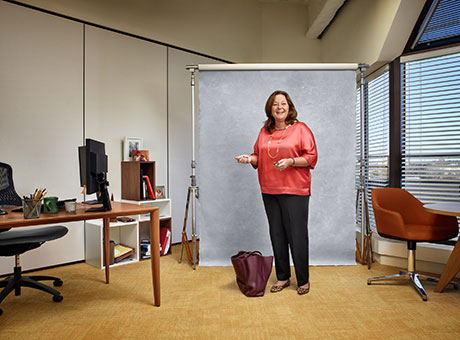Banks and credit card companies charge businesses a fee called the merchant discount rate, which covers the processing costs of credit and debit card transactions. The merchant and bank usually agree to split the processing costs in some pre-arranged proportion before the merchant can use the processing service. These fees typically comprise a percentage of the amount charged, and while that percentage might seem small, it can add up to big money over time. This means that small businesses need a firm understanding of merchant discount rates to better negotiate those fees with the banks and credit card companies that process their transactions.

What Is a Merchant Discount Rate?
How Do Merchant Discount Rates Affect Your Small Business?
Since your merchant bank likely splits the cost of processing with you, your small business doesn’t have to shoulder the cost alone, but most consumers don’t think about beyond the obvious. For instance, you probably use your debit card or credit card so often that you don’t think of it as a service. Also, you probably wonder why businesses ask, “Debit or credit?” when you present your debit card, why your bank replaced your debit card that had a MasterCard logo with one bearing a VISA logo, and why some merchants impose a minimum charge for credit card sales.
The answers to these questions come down to processing fees. Most people assume merchants transmit information to card companies and then receive electronic payments to their banks. Although they have complex transaction and fee structures, banks and card companies themselves incur costs for this service. Processing fees can include the labour and equipment used for encoding cards and the terminal that lets you swipe or insert your card.
How Much Is the Average Merchant Discount Fee?
The merchant discount fee presents as a percentage of the total sale. Debit card fees usually prove less expensive than credit card fees, and fees for premium rewards cards typically sit higher than standard card fees.
For example, a credit card rate chart compiled by the Canadian Federation of Independent Business shows that VISA charges 1.65% in fees and MasterCard charges 1.75% in fees, which might explain why your bank replaced your debit card before its expiration. For this reason, switching from MasterCard to VISA likely saved your bank 0.1% per transaction.
Also, the Bank of Montreal MasterCard has low-end fees for standard cards of 1.75% and high-end fees of 2.71% for a World Elite MasterCard, or 0.96% more. If a merchant processes $200,000 in sales, this the high-percentage MasterCard fees add up to an additional $19,200 the merchant must pay. Additionally, card companies often charge higher fees for sales over a certain amount.
As a smaller merchant, it’s a good idea to understand how the fee structure affects you and how you can lower these costs. So whether you accept credit cards at your small business or patronize shops who do, you might want to research what fees your card company charges for the card you use. When you do this, the credit or debit question and the sign requiring a minimum purchase to use your card make sense.
Keeping control of your finances helps your small business thrive, and the more you understand about fees, the more you can shop for lower ones and increase your profits. QuickBooks Online can help you get paid faster. Start accepting credit card payments today with QuickBooks.


